Table of Contents
Resolving the Mercedes EQS Charging Issue – A Case Study on the Mercedes-Benz EQS 450
The Mercedes-Benz EQS 450 4Matic represents the pinnacle of luxury electric vehicles (EVs), combining cutting-edge technology with unparalleled comfort. However, even with such advanced engineering, issues can arise, particularly with the charging system.
In this article, we’ll delve into a real-world case study focusing on the Mercedes EQS Charging Issue that affected a customer’s vehicle. We’ll walk through the diagnostic process, the steps taken to resolve the problem, and the lessons learned from this experience.
The Complaint: Mercedes EQS Charging Issue
A Mercedes-Benz EQS 450 4Matic was brought into the workshop with a specific complaint: the vehicle was not charging via the AC charger. This issue is particularly concerning for EV owners, as it directly impacts the vehicle’s usability and convenience. The Mercedes EQS Charging Issue had to be addressed promptly to restore the vehicle’s full functionality.
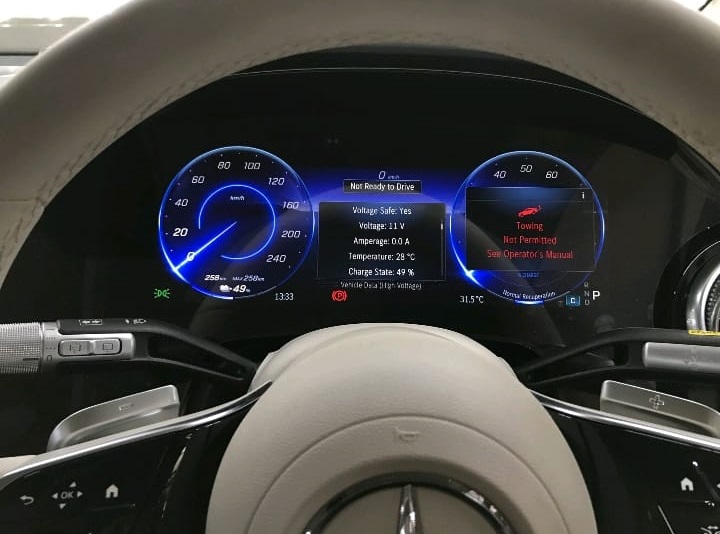
Diagnosis Process: Uncovering the Root Cause
Upon receiving the vehicle, I began a thorough diagnostic process to verify the customer’s concern. Indeed, the Mercedes EQS Charging Issue was confirmed, with the vehicle failing to charge via the AC charger. Additionally, a fault code associated with the charging system was logged in N83 – AC Charger for high-voltage battery (SG-LG), further confirming the issue.
P0D6708; The control unit ‘On-Board Charger’ has a malfunction. There is a signal fault or the message is faulty

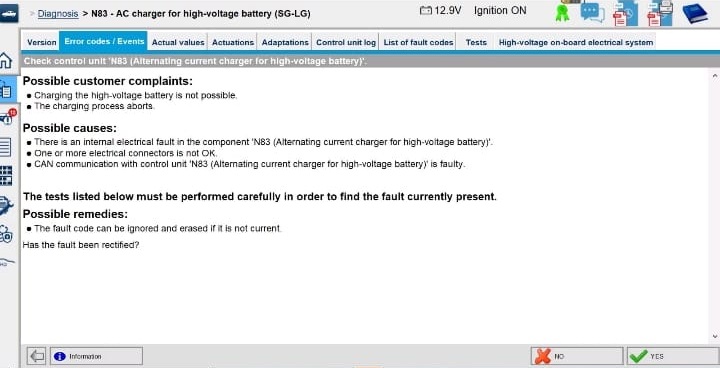
To ensure an accurate diagnosis, I meticulously followed the wiring diagram to check the integrity of the power supply, voltage levels, and ground lines connected to the charging system. All components were within their specified parameters, ruling out any basic electrical faults. This led me to focus on the AC/DC converter, commonly referred to as the AC charger.
The Solution: Replacing the AC to DC Converter
After a detailed discussion with Mercedes technical support and confirming the findings, it was decided that the AC/DC converter needed to be replaced. However, before proceeding, it was crucial to deactivate the high-voltage system using the Xentry diagnostic tool and confirm that the current was at 0A on the dashboard. This step ensures safety during the replacement process, preventing any potential hazards.
Two weeks later, the necessary parts arrived. With the high-voltage system deactivated, I carefully replaced the AC charger. Once the installation was complete, I reactivated the high-voltage system and tested the vehicle. The Mercedes EQS Charging Issue was resolved, and the vehicle successfully charged via the AC charger, restoring it to full operational status.
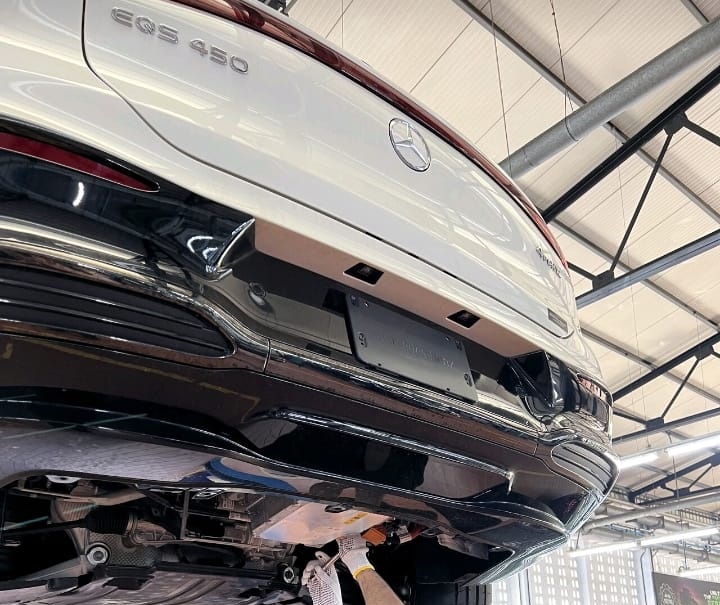


Conclusion: Valuable Insights Gained
This case study on the Mercedes EQS Charging Issue provided valuable insights into the intricacies of working with luxury EVs like the EQS 450 4Matic. The experience highlighted the importance of a systematic diagnostic approach, thorough communication with technical support, and adherence to safety protocols when dealing with high-voltage systems.
By resolving this Mercedes EQS Charging Issue, not only was the vehicle restored to its optimal condition, but the process also underscored the necessity of continuous learning and adaptation in the evolving landscape of electric vehicles. This experience has further enriched my understanding of EV technology and strengthened my ability to address similar issues in the future.
Final Thoughts
Working on the Mercedes EQS Charging Issue was both challenging and rewarding. As electric vehicles become more prevalent, the ability to diagnose and resolve such issues will become increasingly important. This case serves as a reminder that even the most advanced vehicles can encounter problems, but with the right approach and expertise, they can be efficiently resolved.
Mercedes EQS Charging
The Mercedes EQS, being the flagship electric sedan from Mercedes-Benz, boasts advanced charging capabilities designed to offer convenience and efficiency to its users. Here’s an overview of the key aspects of Mercedes EQS Charging:

1. Charging Options
The Mercedes EQS supports both AC (Alternating Current) and DC (Direct Current) charging, giving owners flexibility depending on the charging infrastructure available.
- AC Charging: This is the standard charging method using a typical home or public AC charger. The onboard charger in the EQS allows for a maximum AC charging power of up to 22 kW (depending on the model and region). This makes it possible to charge the EQS overnight at home or top up the battery at public AC charging stations.
- DC Fast Charging: The EQS is equipped to handle DC fast charging, which significantly reduces charging time. The vehicle can charge at rates of up to 200 kW at compatible DC fast charging stations. This allows the battery to charge from 10% to 80% in approximately 31 minutes, providing a quick and convenient solution for long-distance travel.

2. Battery Capacity and Range
The Mercedes EQS features a large battery pack, with capacities varying slightly between different models. The EQS 450+ and EQS 580 4Matic models typically come with a 107.8 kWh battery, offering a substantial driving range of up to 350-450 miles on a single charge, depending on driving conditions, model variant, and driving habits.
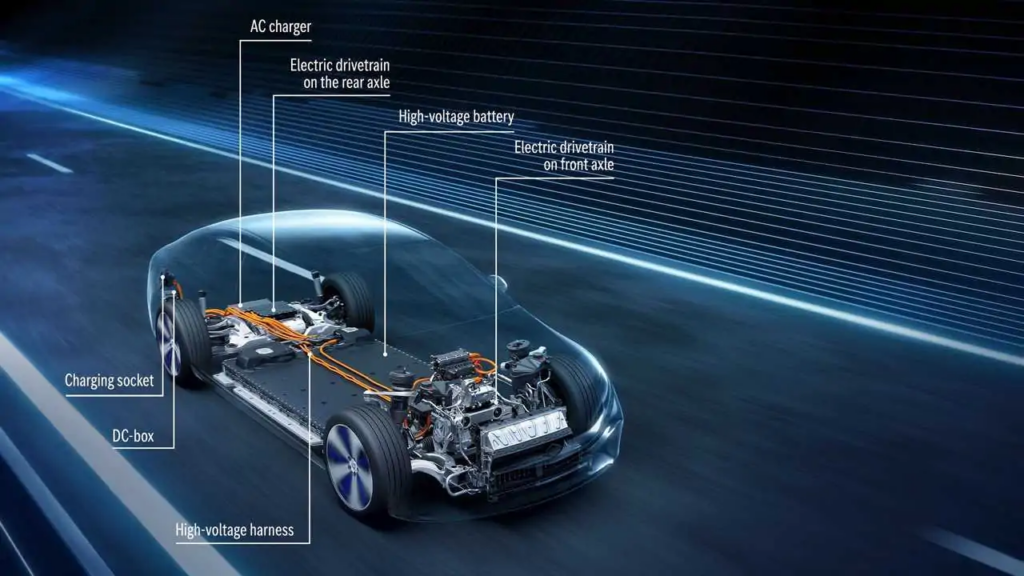
3. Intelligent Charging Features
- ECO Charging Mode: The EQS includes an ECO charging mode designed to extend the lifespan of the battery. When activated, this mode limits the charging capacity to 80% instead of 100%, which reduces the wear on the battery and helps maintain its long-term health.
- Pre-Entry Climate Control: The EQS allows drivers to pre-condition the vehicle while it’s still plugged in. This feature uses grid power rather than the vehicle’s battery to heat or cool the cabin before a journey, maximizing the driving range.
- Intelligent Navigation with Electric Intelligence: The EQS’s navigation system is optimized for electric driving. It plans the most efficient route and considers charging stops if necessary. The system takes into account factors like the current charge level, traffic conditions, and even topography to optimize range and reduce charging time
4. Charging Networks and Availability
Mercedes-Benz offers EQS owners access to a vast network of charging stations through partnerships with providers like Ionity in Europe and Electrify America in the U.S. This network ensures that drivers can find reliable and fast charging points on long journeys.
- Mercedes me Charge: This service provides access to various public charging stations across multiple networks using a single account. It includes integrated payment options and provides real-time information on charging station availability and pricing directly through the EQS’s infotainment system.
5. Charging Time
- Home Charging (AC): Using a 240V Level 2 charger (like a wall box), the EQS can typically be fully charged in around 10-12 hours, depending on the specific model and charger output.
- Public DC Fast Charging: As mentioned earlier, with a high-power DC fast charger, the EQS can achieve an 80% charge in just over half an hour, making it highly convenient for longer trips.
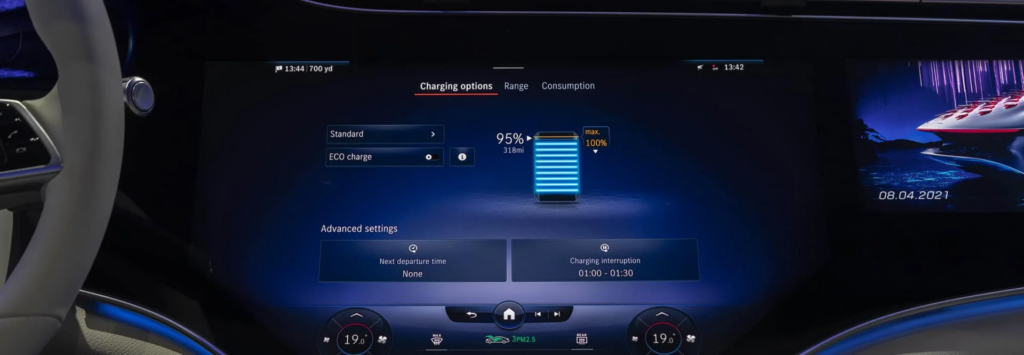
6. Sustainability
Mercedes-Benz emphasizes sustainability in the EQS, and this extends to its charging capabilities. The EQS is designed to be charged with renewable energy sources when available. Additionally, the vehicle’s high-voltage battery is manufactured with sustainability in mind, and Mercedes-Benz has committed to responsibly sourcing the raw materials used in the battery.
This comprehensive charging infrastructure and advanced features make the Mercedes EQS a top contender in the luxury electric vehicle market, offering a blend of performance, convenience, and environmental consciousness.

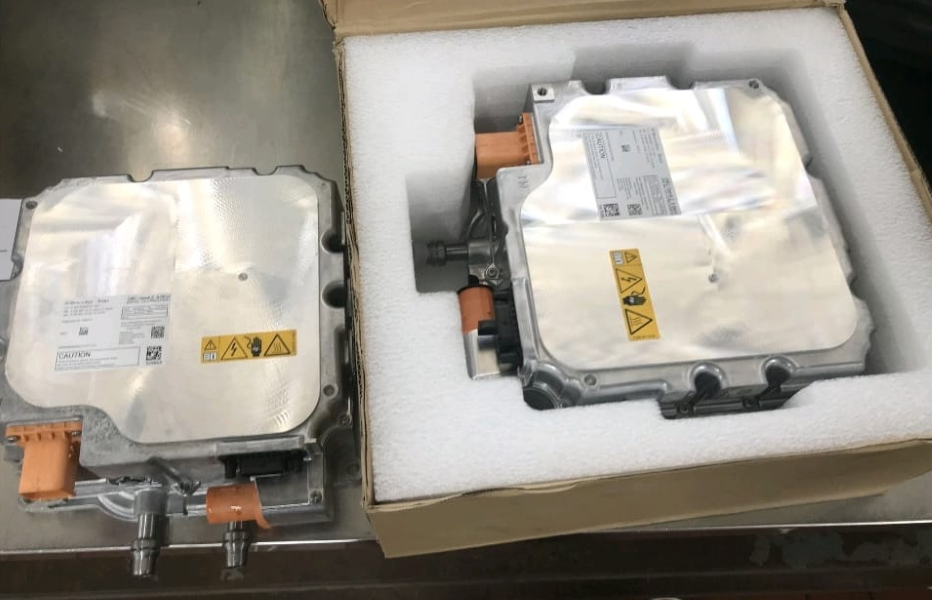





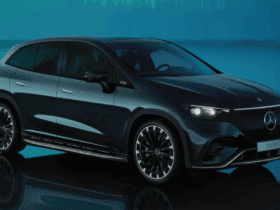
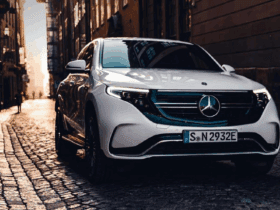
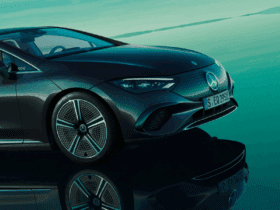
Leave a Reply